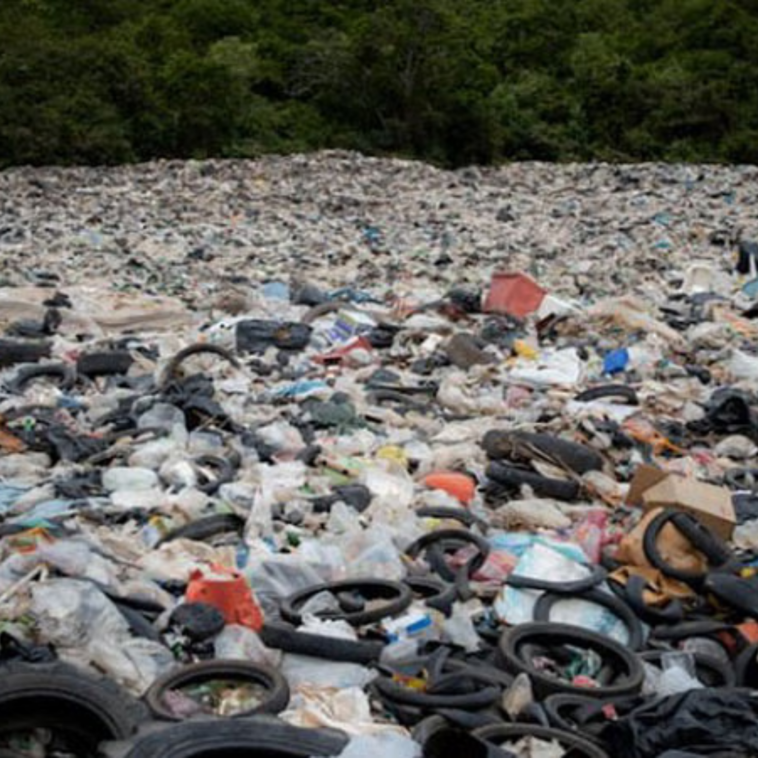Recent research has shed light on the dual threats posed by microplastic contamination and saltwater flooding to coastal plant species. Conducted by experts from the University of Plymouth’s School of Biological and Marine Sciences and the International Marine Litter Research Unit, this study is one of the first to examine the effects of these two environmental stressors on coastal flora.
Key Findings of the Study
Published in the journal Environmental Contamination, the study found that both microplastics and flooding adversely affected the growth and reproductive capabilities of the tested plant species. While microplastics were shown to disrupt reproductive processes, flooding resulted in significant tissue death among the plants.
The research indicated that exposure to both stressors simultaneously had a more pronounced effect on the plants’ resource allocation. This combination led to altered growth patterns and a temporary suppression of photosynthetic efficiency, which is critical for the plants’ ability to capture water, nutrients, and sunlight. These changes can have cascading effects on ecosystem health and resilience.
Dr. Winnie Courtene-Jones, the lead author of the study, emphasized the importance of understanding these interactions. “This research highlights the potential for microplastics, composed of conventional and biodegradable plastic, to detrimentally affect plant functioning. Moreover, it indicates that the effect of microplastics can be magnified by other environmental factors such as rising sea levels and coastal flooding,” she stated.
Methodology and Experimental Design
The study focused on buck’s horn plantain (Plantago coronopus), a perennial species commonly found in coastal habitats such as sand dunes and beach shingle. Researchers grew the plants in soil containing either conventional or biodegradable plastics for 35 days before subjecting them to a simulated saltwater flooding event for 72 hours. This experimental design aimed to replicate the flooding scenarios increasingly associated with climate change and extreme weather events.
Following the flooding, the plants were monitored for an additional 24 days, during which scientists assessed various factors, including plant survival, size, photosynthetic efficiency, and flower production.
Implications for Coastal Ecosystems
The findings of this study underscore the urgent need to address the threats posed by microplastics and flooding to coastal ecosystems. As climate change continues to exacerbate these stressors, understanding their combined effects on plant life becomes crucial for developing effective conservation strategies.
The research advocates for further studies to explore the implications of multiple co-occurring stressors on ecosystem resilience. As coastal habitats face increasing pressure from pollution and climate-related events, identifying and mitigating these risks is essential for preserving biodiversity and maintaining healthy ecosystems.





GIPHY App Key not set. Please check settings